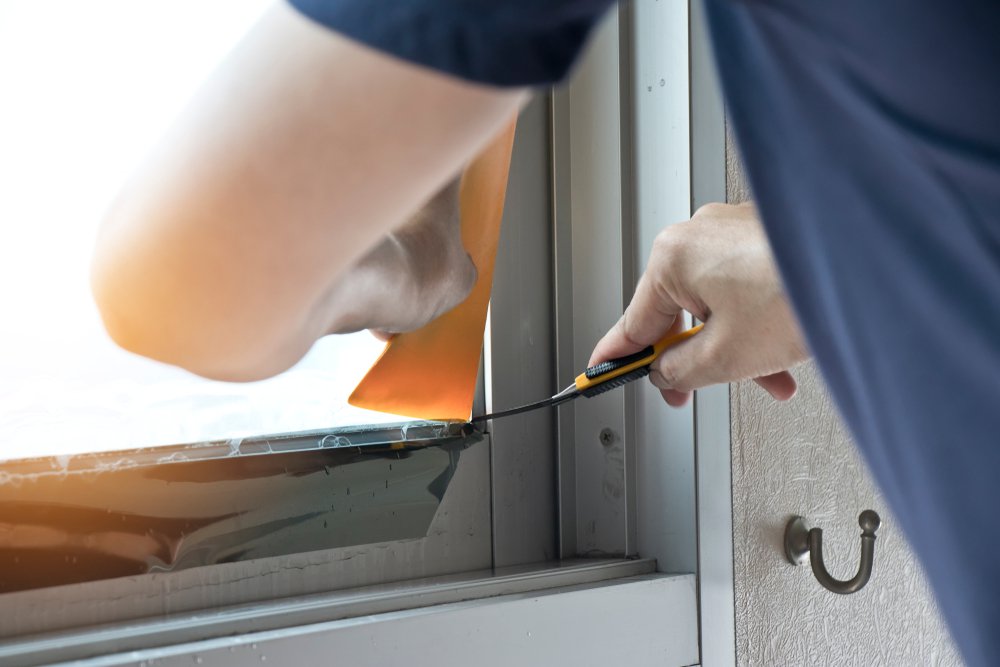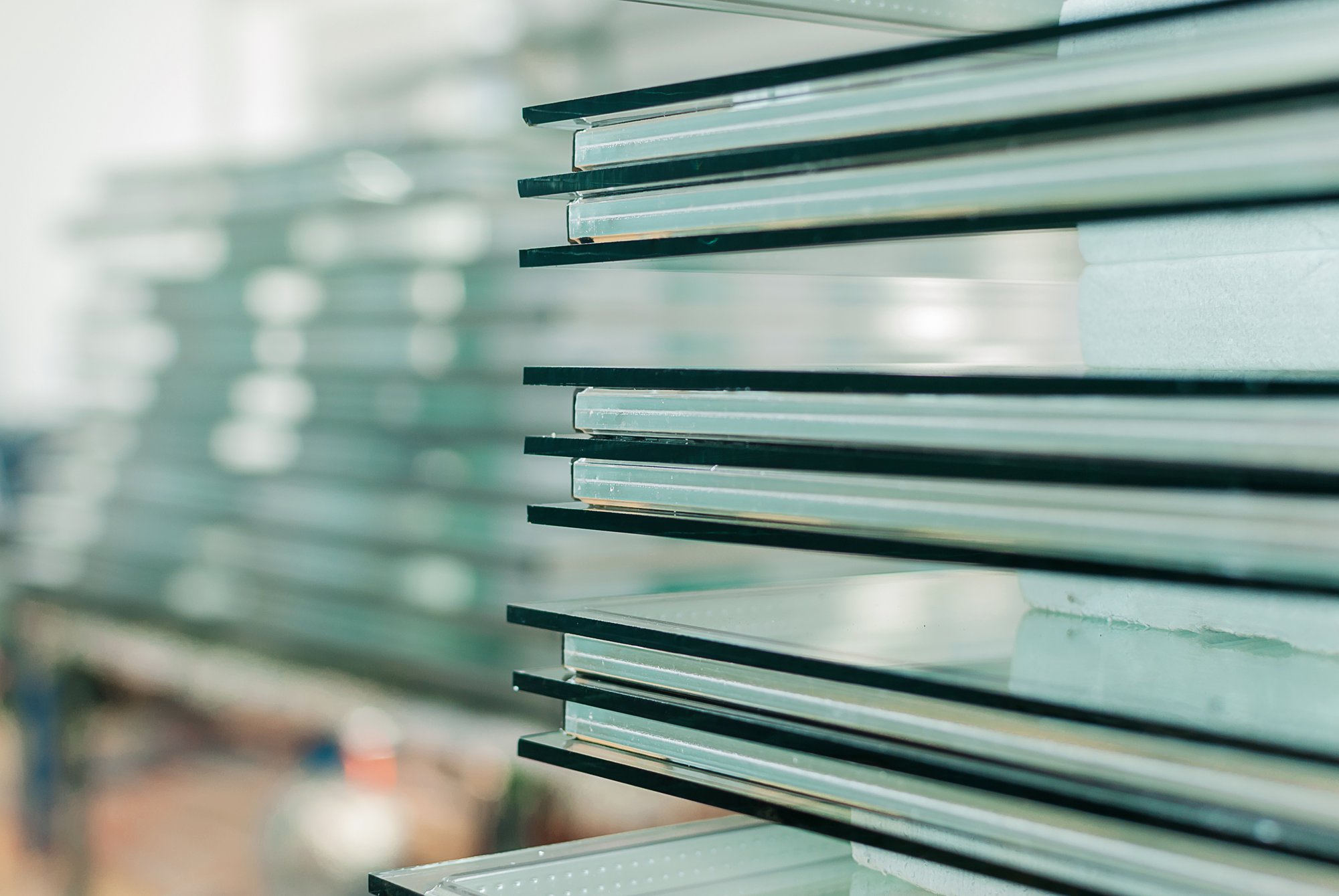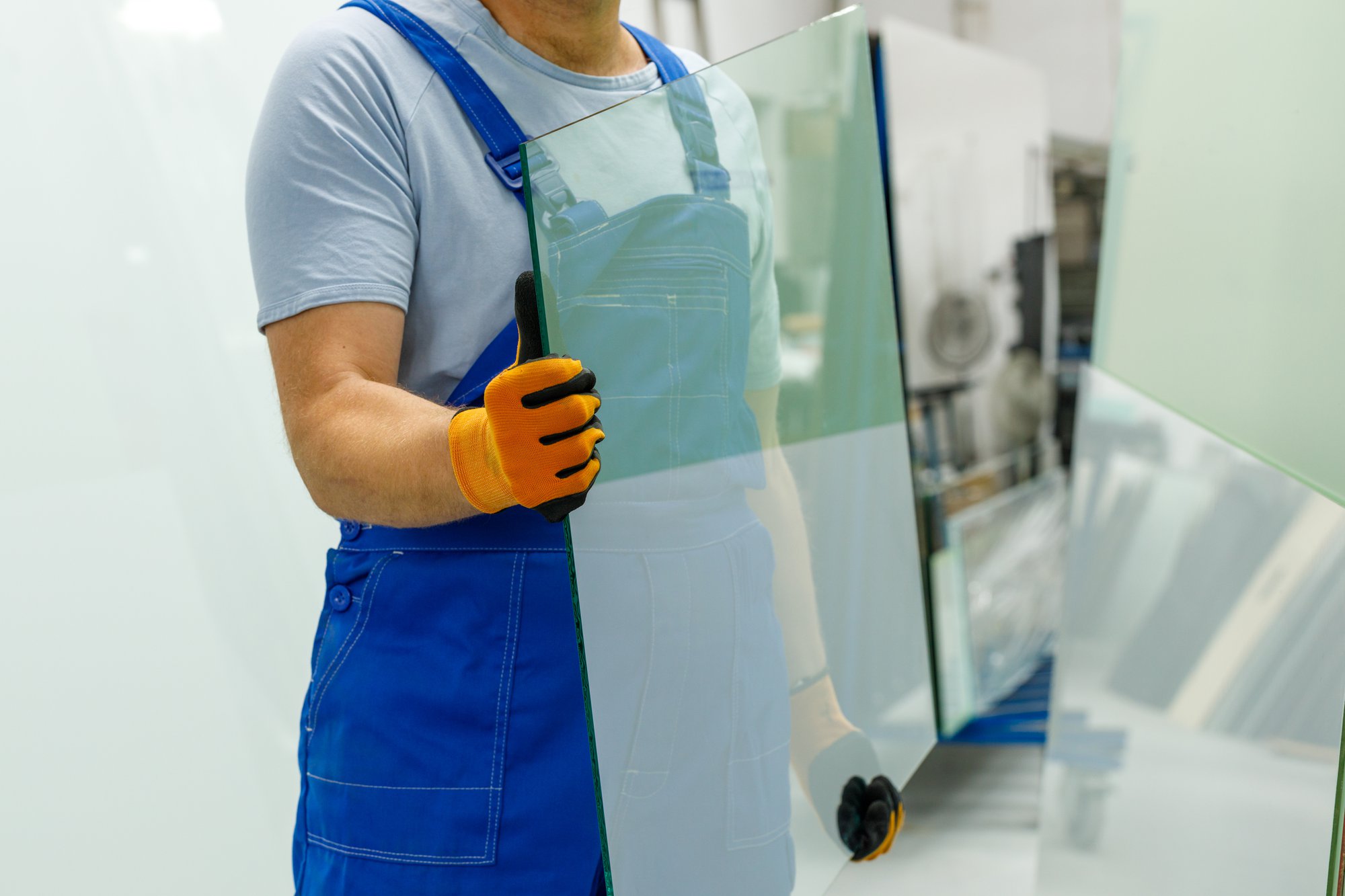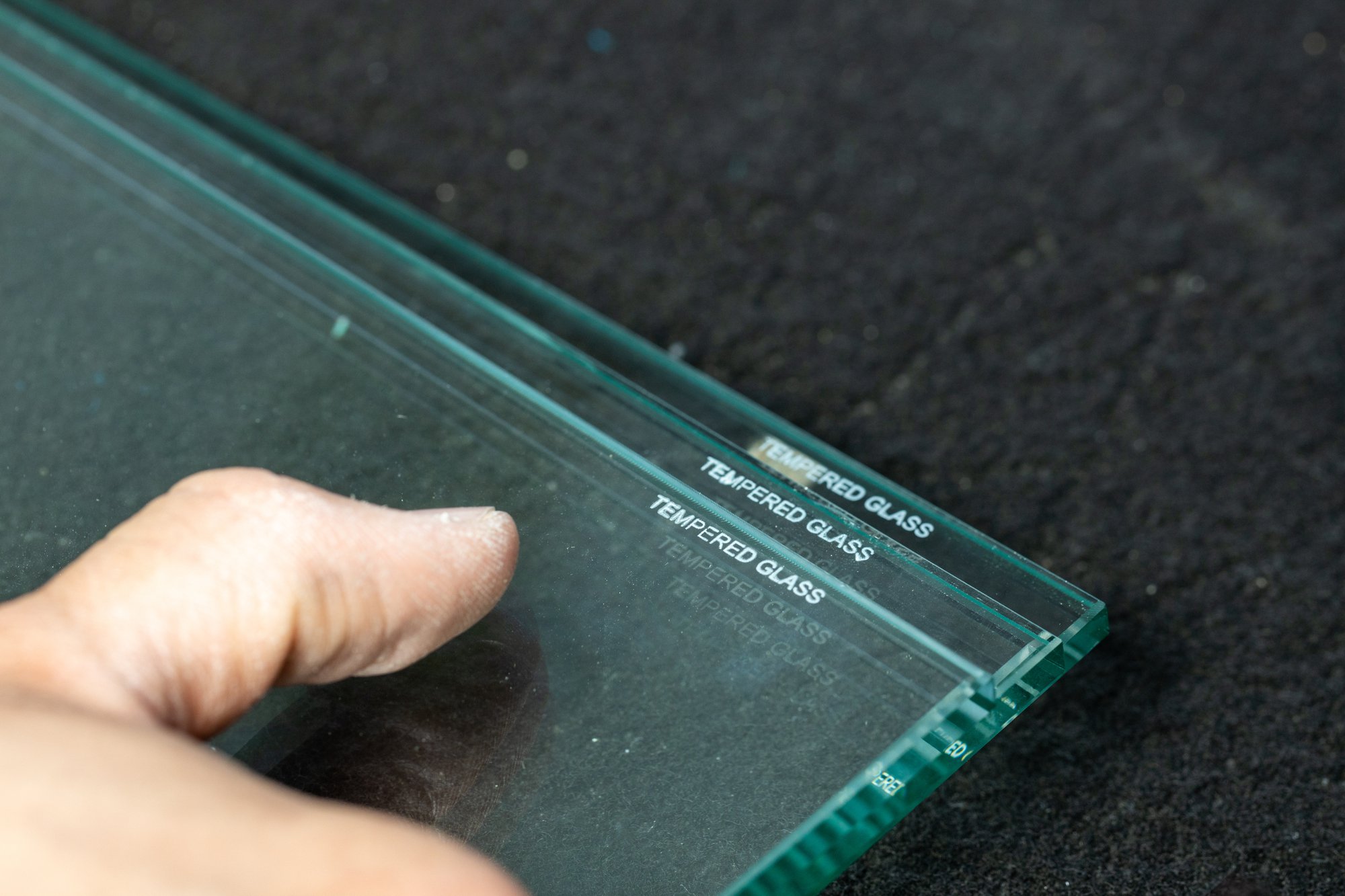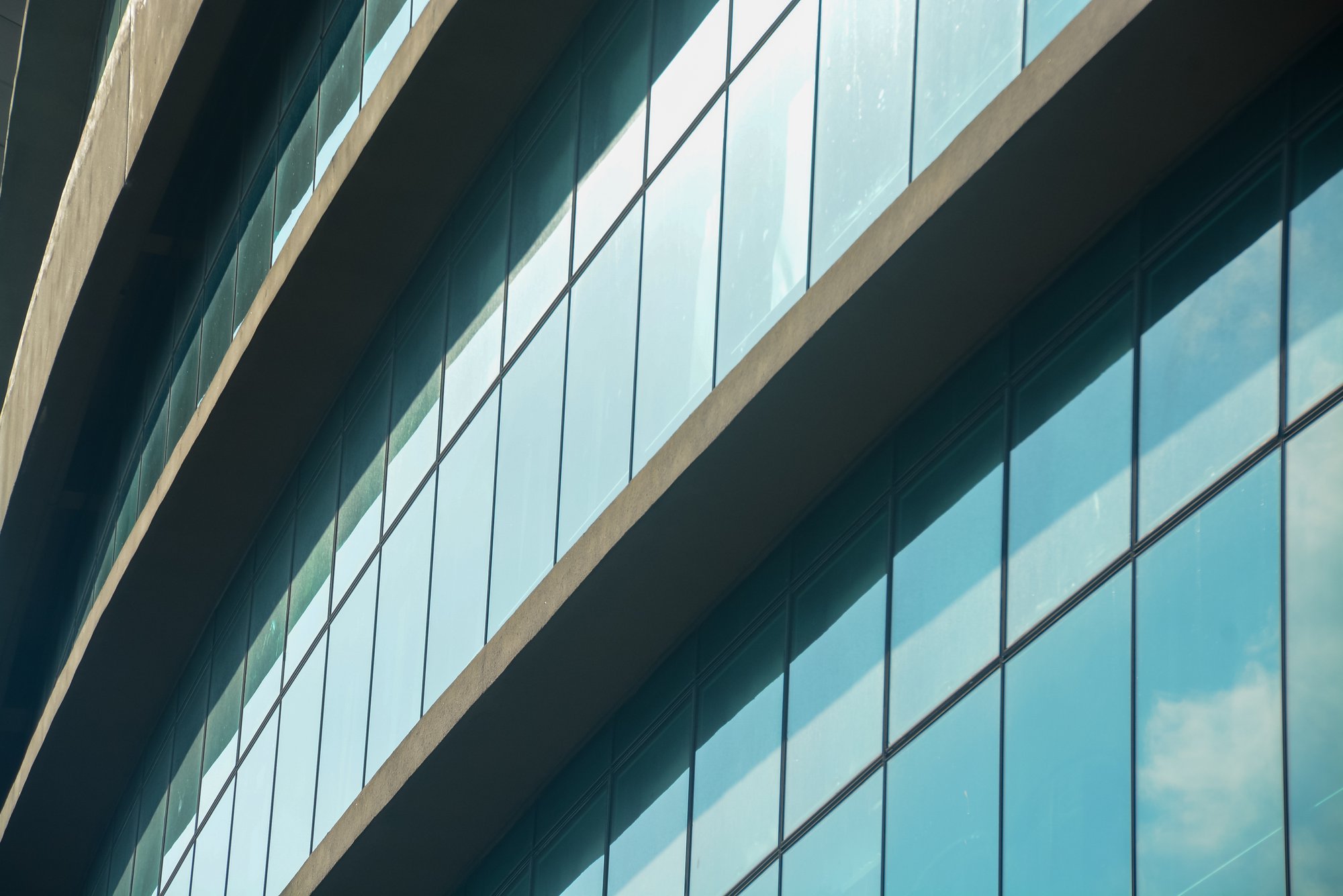Glass protection films have undergone a remarkable evolution, revolutionizing the way we perceive safety, security, and energy efficiency in architectural design. Today, in the construction and glazing industry, implementing advanced glass protection films is not merely a trend but a necessity.
In this article, we will examine the advantages of these innovative solutions, from their cost-effective nature to their enhanced safety and security features. Furthermore, we will explore their environmental sustainability and regulatory compliance, as well as their potential impact on future architectural trends and community well-being.

Cost-Effective Solutions: Protecting Your Investment
Glass protection films offer a compelling value proposition, particularly in terms of long-term cost savings and glass maintenance. Let's delve into the financial benefits that make these solutions a prudent investment for businesses in the construction and glazing industry.
Long-Term Cost Savings: Implementing these protection films can significantly reduce the need for frequent glass replacement or repairs, leading to substantial cost savings over time. By acting as a protective barrier against scratches, abrasions, and even graffiti, these films extend the lifespan of glass surfaces, minimizing the expenses associated with frequent maintenance and replacements.
Energy Efficiency: Another financial advantage of advanced glass protection films is their ability to enhance energy efficiency within buildings. By reducing heat transfer and minimizing the reliance on heating and cooling systems, these films contribute to lower energy consumption and operational costs, offering a compelling return on investment for building owners and managers.
Durability and Resilience: Furthermore, these films enhance the durability and resilience of glass surfaces, mitigating the risk of damage from environmental factors or accidental impact. This durability reduces expenses related to glass repairs and replacements, making it a cost-effective solution for businesses seeking to protect their glass investments in the long run.
The financial benefits of advanced glass protection films extend beyond mere surface protection, offering a strategic approach to long-term cost savings, energy efficiency, and glass durability.
Enhanced Safety and Security Features
In modern architecture, the integration of advanced glass protection films goes beyond aesthetics and cost considerations, encompassing a crucial aspect: safety and security. Let's explore the enhanced safety and security features provided by these innovative films, shedding light on their pivotal role in fortifying building structures and safeguarding occupants.
Impact Resistance: Advanced glass protection films are engineered to bolster the impact resistance of glass, mitigating the risk of breakage and fragmentation. In the event of high-impact forces, such as severe weather conditions or attempted forced entry, these films act as a protective shield, holding the glass together and minimizing the potential hazards associated with shattered glass.
Deterrence Against Intrusion: By fortifying the structural integrity of glass, these films serve as a deterrent against intrusion and forced entry. Their ability to withstand attempted break-ins or vandalism adds an additional layer of security to buildings, providing peace of mind to occupants and property owners alike.
Mitigation of UV Exposure: Furthermore, advanced glass protection films often incorporate UV-resistant properties, reducing the penetration of harmful ultraviolet rays into interior spaces. This not only protects occupants from potential health risks associated with UV exposure but also safeguards valuable assets, such as furnishings and artwork, from fading or deterioration due to prolonged sun exposure.
Environmental Sustainability and Regulatory Compliance
The adoption of advanced glass protection films aligns with a broader commitment to environmental sustainability and regulatory compliance within the construction and glazing industry. Let's uncover the environmental benefits and regulatory compliance associated with these innovative solutions, shedding light on their role in promoting sustainable practices and meeting industry standards.
Energy Efficiency and Green Building Standards: Advanced glass protection films contribute to energy efficiency by reducing heat transfer and enhancing insulation, aligning with green building standards and energy conservation initiatives. By minimizing the reliance on artificial heating and cooling systems, these films support sustainable building practices and help reduce the overall carbon footprint of structures.
Waste Reduction and Extended Lifespan: Implementing these films promotes waste reduction by extending the lifespan of glass surfaces, thereby reducing the frequency of glass replacements and the associated waste generation. This aligns with the principles of circular economy and resource efficiency, emphasizing the importance of maximizing the utility and longevity of building materials.
Regulatory Compliance and Safety Standards: Besides their environmental benefits, advanced glass protection films adhere to regulatory standards and safety requirements, ensuring that buildings meet the necessary codes and guidelines for occupant safety and structural integrity. By integrating these films, businesses demonstrate their commitment to regulatory compliance and the well-being of building occupants.

Community Impact and Future Trends
Integrating advanced glass protection films extends beyond individual buildings, potentially shaping future architectural trends and fostering community well-being. Let's explore the potential influence of these innovative solutions on the built environment and the broader community, shedding light on their multifaceted impact and future implications.
Architectural Aesthetics and Design Flexibility: Advanced glass protection films offer architects and designers greater flexibility in incorporating glass elements into their projects, knowing that these surfaces can be fortified against various environmental and security risks. This may lead to an increased use of glass in architectural designs, fostering visually striking and modern structures that prioritize both aesthetics and functionality.
Community Safety and Livability: These films contribute to the overall safety and livability of communities by enhancing the safety and security of buildings. As buildings become more resilient to potential threats, occupants can enjoy a greater sense of security and well-being, fostering vibrant and thriving community environments.
Sustainable Urban Development: Furthermore, the environmental benefits of advanced glass protection films align with the principles of sustainable urban development. As cities strive to create more sustainable and resilient urban spaces, the adoption of these films can contribute to the overall sustainability and energy efficiency of buildings.
Embracing Advanced Glass Protection Films
Adopting advanced glass protection films represents a pivotal advancement in the construction and glazing industry, offering a comprehensive approach to safety, security, sustainability, and architectural innovation. From cost-effective solutions to enhanced safety features and environmental benefits, these films have the potential to redefine the way we design, build, and experience our built environments.
As we look to the future, the influence of these films on architectural trends and community well-being is poised to be profound, shaping resilient, visually captivating, and sustainable urban spaces. To explore the transformative potential of advanced glass protection films and access high-quality glass products and services, visit Insul-Lite Manufacturing.

